Description
### Understanding Basic Electronics
Electronics involves the study of electrical circuits that use components like resistors, capacitors, diodes, transistors, and more to control the flow of electrical current. Basic electronics covers the fundamental principles and components used in most electronic devices. Here’s an introduction to some key concepts:
—
#### **1. Electric Current and Voltage**
– **Electric Current (I)**: The flow of electric charge in a conductor, typically measured in **Amperes (A)**.
– **Direct Current (DC)**: Flows in one direction, like in batteries.
– **Alternating Current (AC)**: Changes direction periodically, like in household power.
– **Voltage (V)**: The difference in electric potential between two points. It pushes current through a conductor and is measured in **Volts (V)**.
—
#### **2. Basic Electrical Components**
– **Resistor**: A component that resists the flow of electric current, creating a voltage drop. It is measured in **Ohms (Ω)**.
– **Ohm’s Law**: \( V = I \times R \), where V is voltage, I is current, and R is resistance.
– **Capacitor**: Stores electrical energy in an electric field. It can release energy when needed and is measured in **Farads (F)**.
– **Inductor**: Stores energy in a magnetic field when current passes through it, measured in **Henrys (H)**.
– **Diode**: Allows current to flow in only one direction, offering high resistance in the reverse direction.
– **Transistor**: A semiconductor device used to amplify or switch electronic signals. It has three components: the **emitter**, **base**, and **collector**.
—
#### **3. Simple Circuits**
– **Series Circuit**: Components connected end to end. The current is the same through all components, but the voltage is divided across them.
– **Parallel Circuit**: Components connected across the same two points. The voltage across each component is the same, but the current is divided.
—
#### **4. Power (P) in Electronics**
– Power is the rate at which energy is used or generated in a circuit. It is calculated as:
\[
P = V \times I
\]
where **P** is power (in watts), **V** is voltage, and **I** is current.
—
#### **5. Semiconductor Basics**
– **Semiconductors**: Materials like silicon and germanium that have conductivity between conductors and insulators. They are the foundation for diodes, transistors, and integrated circuits.
– **PN Junction**: A boundary between p-type and n-type semiconductors, crucial for the operation of diodes and transistors.
—
#### **6. Digital and Analog Signals**
– **Analog Signals**: Continuous signals that vary smoothly over time. Examples include sound and light intensity.
– **Digital Signals**: Discrete signals that take on only specific values (usually 0 or 1). Digital circuits process these signals.
—
#### **7. Practical Electronics**
– **Soldering**: The process of connecting components on a circuit board using a soldering iron and solder.
– **Breadboard**: A reusable platform for prototyping circuits without the need for soldering.
– **Multimeter**: A tool for measuring electrical values such as voltage, current, and resistance.
—
### Conclusion
Basic electronics involves understanding components and how they interact within circuits. Learning the fundamentals like Ohm’s Law, resistors, capacitors, diodes, and transistors provides a foundation for more complex electronics applications. As you delve deeper, you’ll explore more advanced topics, including microcontrollers, sensors, and integrated circuits.
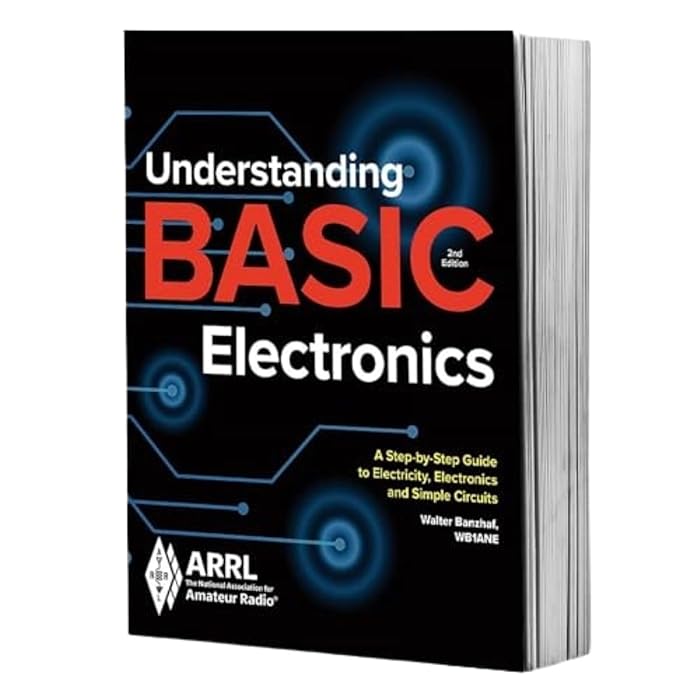


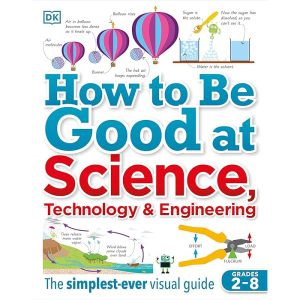



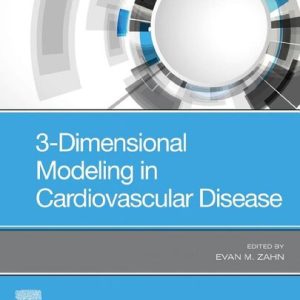


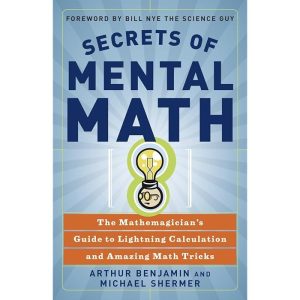
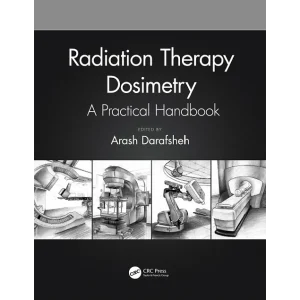


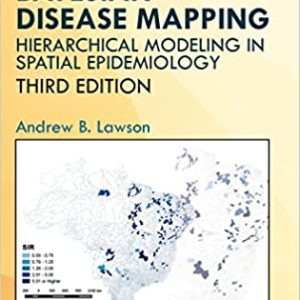
Reviews
There are no reviews yet.